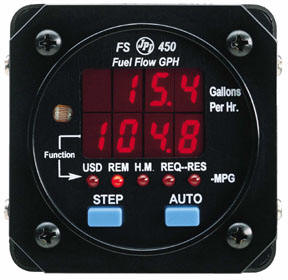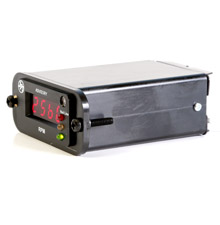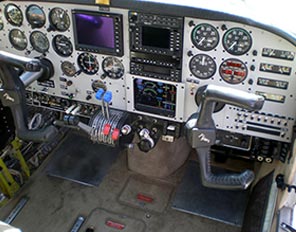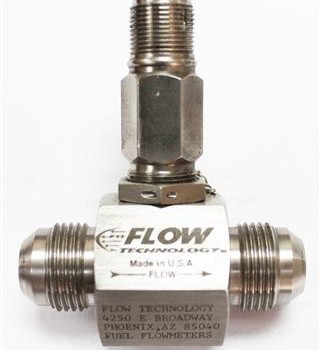Use of CHT and EGT Gauges and Monitors

A higher than normal CHT reading could indicate that the engine is under excessive stress.

A higher than normal CHT reading could indicate that the engine is under excessive stress.
The airlines and their maintenance team of course aim for the Airplane Gauges to never reach the stage wherein an audio-visual alarm gets triggered – especially during flight.

Difficult to believe but there are many pilots out there that still rely on the old method of calculating fuel use i.e. with a calculator.

People who rely on instruments to reach their destination and to keep them safe while travelling tend to have one thing in common – the need for advanced and accurate engine monitoring systems.
J.P. Instruments has been designing and manufacturing aircraft engine data management systems since 1979.

Pilots flying aircraft today are a lucky lot – even those flying vintage aircraft have reasonably accurate analog Avionic Instruments to rely on.
Electronic Data Management Systems (EMS’s) are so integrated that they accept cross-platform data and make sense out of it in the same way the pilot(s) would.

Modern high-speed electrical instruments with built-in failure detection circuits of the type manufactured by J.P. Instruments play such a vital role in modern day aircraft flight.
The EDM 740 from JP Instruments offers improved fuel economy, extends engine life and reduces maintenance costs.
Aircraft Fuel Flow (FF) is probably one of the most important of aircraft engine parameters that need to be captured.